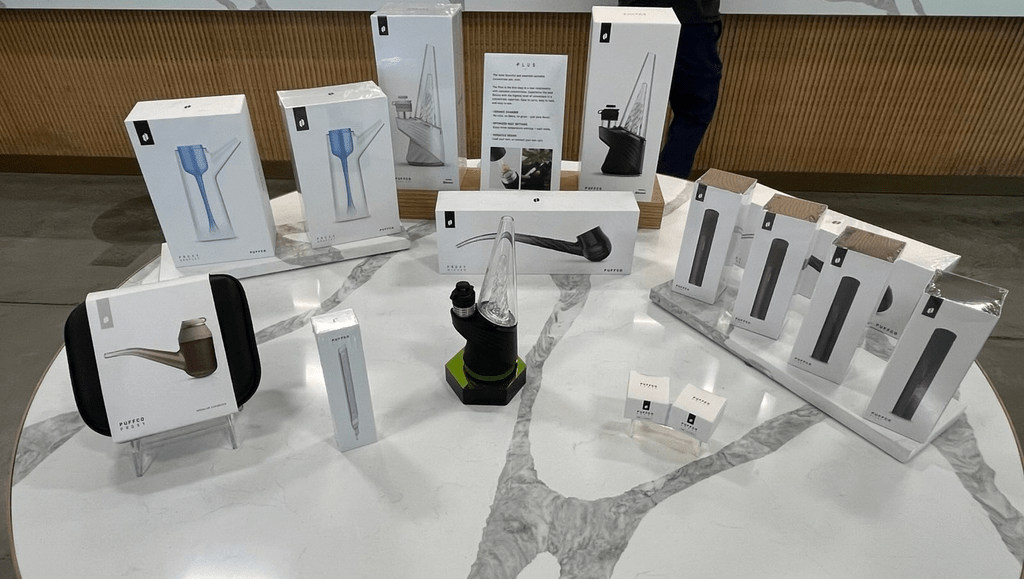The cannabis vape market has been one of the fastest-evolving segments in the industry, shaped by shifting regulations, health-conscious consumers, and rapid hardware innovation. As 2026 approaches, the sector is expected to move beyond its experimental stage and settle into a phase of sophistication and growth.
Market Momentum
Recent forecasts show the cannabis vaporizer market continuing its climb, with revenues projected to exceed USD 7.5 billion by 2026. Growth is being fueled by expanding legalization, consumer preference for smoke-free alternatives, and increasing trust in regulated products. Unlike the early 2020s, when vaping was seen as a novelty, today’s consumers demand consistency, transparency, and quality—setting the stage for several key trends.
Hardware Innovations
1. Pod Systems Dominate
Proprietary pod devices are gaining favor thanks to their sleek designs and reduced leakage compared to traditional 510-thread cartridges. Expect magnetic connectors, better heating coils, and seamless user experiences to drive adoption.
2. Advanced 510-Thread Batteries
Even as pods grow, 510 batteries remain essential due to cross-brand compatibility. Adjustable voltage, longer battery life, and universal fit are keeping these devices relevant, especially for consumers who want flexibility across multiple cartridge brands.
3. Multi-Use Vaporizers
Versatility is on the rise. Hybrid devices capable of handling both dry herb and oils are carving out a niche among users who want more control over their sessions. As consumers become more educated, preference for devices that preserve flavor and terpene integrity is expected to grow.
Shifting Consumer Priorities
Transparency and Clean Ingredients
The days of blindly trusting oil labels are over. Consumers now demand detailed lab results, information on extraction methods, and clarity on whether additives or thinning agents are used. Oils featuring minor cannabinoids like CBG and CBN are gaining popularity for their functional effects.
Sustainability Push
With disposables flooding the market, environmental concerns are rising. Companies are under pressure to design recyclable devices, reduce packaging waste, and offer eco-friendly alternatives. Sustainability is no longer a marketing buzzword — it’s becoming a competitive differentiator.
Precise Dosing
As cannabis broadens its reach into wellness and medical spaces, demand for microdosing and precise, effect-driven vapes is growing. Expect to see more products labeled specifically for sleep, focus, or relaxation, supported by hardware that delivers consistent, controlled draws.
Regulatory Landscape
State regulators are tightening oversight on vape devices, enforcing stricter standards for hardware safety, battery quality, and lab testing. While this creates challenges for low-cost producers, it builds consumer trust and rewards established brands that invest in compliance. By 2026, hardware certification may become as important as lab testing is today for cannabis oil.
Looking Ahead
The cannabis vape segment is moving toward maturity. Heading into 2026, success will be defined not just by potency or flavor but by trust, design, and responsibility. Brands that emphasize safe, reliable hardware, transparent oil sourcing, and sustainable practices will thrive in a market where consumers are increasingly discerning.
For cannabis businesses, this is a pivotal moment: the winners will be those who anticipate evolving consumer values and regulatory demands, rather than simply reacting to them.


